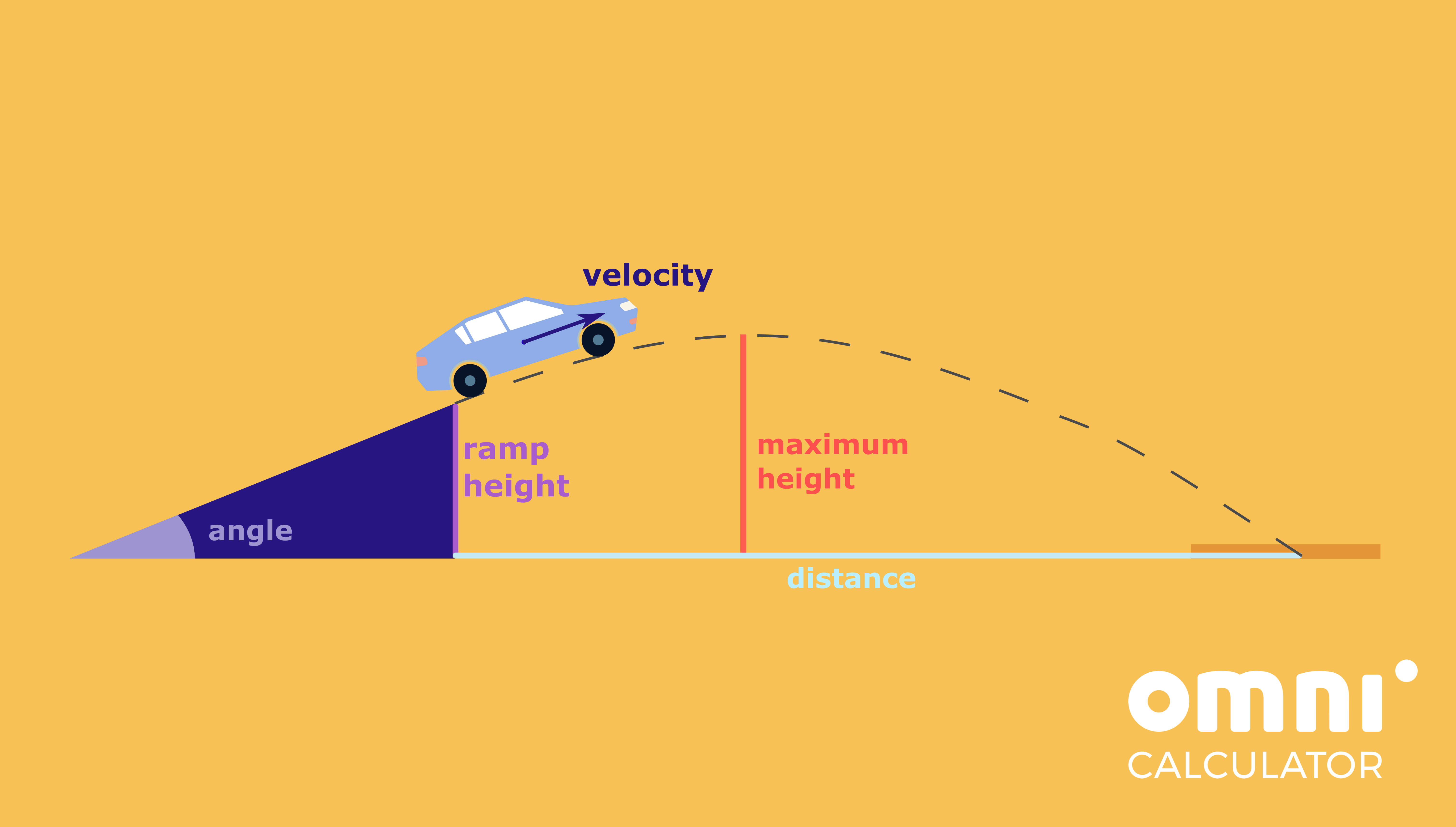Concepts addressed: Projectile motion skills
Grade level: 11th.
An Advanced version of Car Jump is also available.
Scenario:
A Hollywood production has called you in as a physics expert. They are filming the latest Marvel movie and they need a shot of a car flying off a ramp and landing safely on the ground. To do this they use very expensive miniatures of the real car. To protect the replica (for future shots and repetitions of the jump stunt), they have a landing pad that has an area slightly larger than the replica they will launch; so we need to a precision of 3 decimal places.
The ramp from which the car will launch is angled at 30 degrees from the horizontal. The studio has already figured out that the speed of the model will be 3.0 m/s at launch.

- Knowing that the ramp is 50.0 cm above the ground when the car leaves it, how long will the model car be in the air for?
- How far will the car travel in the horizontal direction?
- What will be the maximum height of the car (measured from the ground) during the jump?
Useful calculators:
- Trigonometry calculator – https://www.omnicalculator.com/math/trigonometry
- Quadratic Formula calculator – https://www.omnicalculator.com/math/quadratic-formula
- Projectile Motion calculator – https://www.omnicalculator.com/physics/projectile-motion
- Projectile Range calculator – https://www.omnicalculator.com/physics/range-projectile-motion
Question 1 hints:
Question 2 hints:
Question 3 hints:
Solutions :
Step-by-Step Solutions :
The car will stop flying when it reached the ground, which can be written as y(t) = 0. We can find t by solving the quadratic equation:
y(t) = (1/2) * a * t2 + vy * t + y(0)
Substituting in the values we get: 0 = (1/2) * (-g) * t2 + v * sin(30º) * t + 50 cm,
where v is the speed at the moment of takeoff, g is the acceleration of gravity (negative since it points towards the center of the Earth).
Using the Quadratic Formula calculator we find that the car will fly for 0.51 seconds.
x(t) = vx*t = v * cos(θ) * t
Substituting t for the time of flight: x = 3.0 m/s * cos(30º) * 0.51 s
The car will travel 1.317 m horizontally during its flight.
We know that the equation for speed at any time is:
vy(t) = a * t + vy(0) => t = [vy(t) – vy(0)] / a = [0 – v(0) * sin(30º)] / (-g)
Substituting in the values we already know, we find that the car will reach a maximum height of 0.62 m.